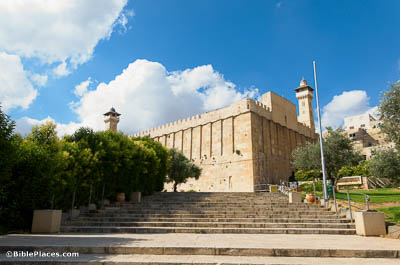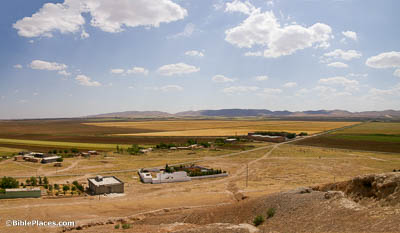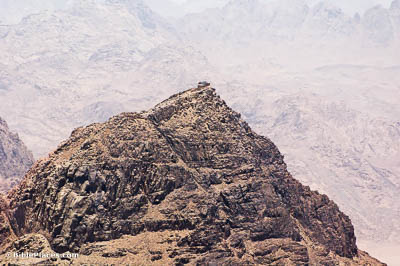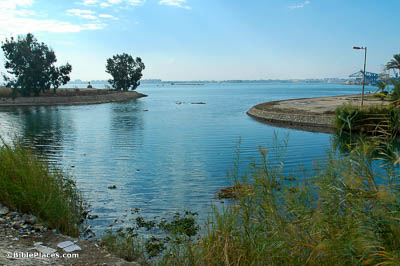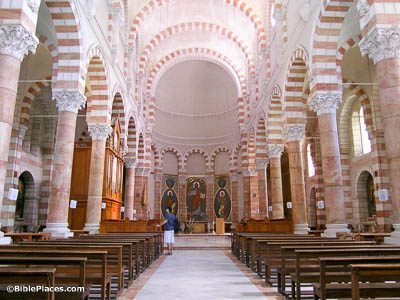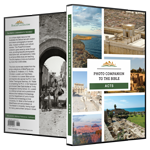The God of glory appeared to our father Abraham (Acts 7:2).
According to Scripture, the three patriarchs and their wives were all buried in a single tomb at Hebron. A very old tradition locates this tomb at a specific spot, now commemorated by this huge structure built by King Herod in the 1st century BC. The tombs themselves are now inaccessible because of political and religious conflicts.
